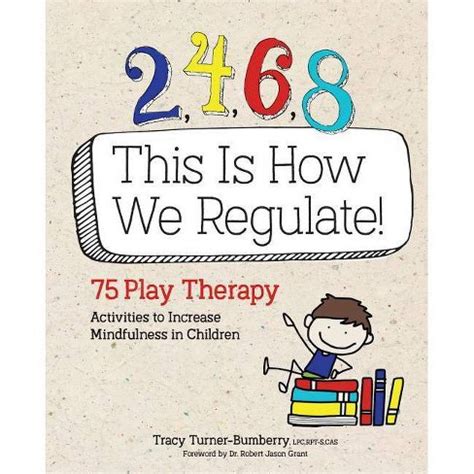2 4 6 8 This Is How We Regulate
Ronan Farrow
Apr 03, 2025 · 2 min read

Table of Contents
2 4 6 8: This Is How We Regulate – Understanding the Importance of Consistent Rules
Maintaining order and fairness within any system, whether it's a classroom, a workplace, or a society as a whole, requires a robust regulatory framework. The simple, memorable phrase "2 4 6 8: This is how we regulate" can be a powerful metaphor for the essential principles of effective regulation. Let's explore what this means.
What does "2 4 6 8" represent?
The numbers themselves don't hold intrinsic meaning; instead, they symbolize the consistent and predictable application of rules. Just as each number follows a logical sequence, effective regulation relies on established procedures and standards that are applied fairly and impartially to all parties involved.
This implies several key elements of successful regulation:
- Clarity: Rules must be clear, unambiguous, and easily understood by everyone affected. Vague or contradictory regulations lead to confusion and inconsistency.
- Consistency: The application of rules should be consistent across the board. Favoritism or arbitrary enforcement undermines trust and fairness.
- Predictability: Individuals and organizations need to be able to predict how regulations will be applied. This predictability fosters compliance and allows for better planning and decision-making.
- Accountability: A system of accountability is crucial to ensure that regulations are followed and that violations are addressed appropriately. This might involve oversight bodies, dispute resolution mechanisms, or other enforcement processes.
Why is consistent regulation vital?
Consistent and predictable regulation offers numerous benefits:
- Fairness: It ensures that everyone is treated equally under the law, preventing discrimination and promoting social justice.
- Efficiency: Clear rules streamline processes and reduce conflicts, leading to greater efficiency.
- Trust: When regulations are consistently applied, it builds trust in the system and encourages compliance.
- Stability: A stable regulatory environment promotes economic growth and investment by reducing uncertainty.
Beyond the Numbers: Examples of Effective Regulation
The "2 4 6 8" principle can be applied across a broad range of contexts:
- Workplace Regulations: Clear and consistently enforced workplace policies on safety, conduct, and performance are essential for a productive and harmonious work environment.
- Traffic Laws: Traffic laws, when consistently enforced, ensure road safety and efficient traffic flow.
- Environmental Regulations: Consistent enforcement of environmental regulations is crucial for protecting the environment and public health.
- Financial Regulations: Robust and consistently applied financial regulations help maintain the stability of the financial system and protect consumers.
Conclusion: The Power of Predictability
"2 4 6 8: This is how we regulate" serves as a powerful reminder of the importance of clear, consistent, and predictable regulation. It's a simple yet profound concept that underscores the foundation of any well-functioning system. By prioritizing these principles, we can create environments that are fair, efficient, and conducive to growth and prosperity. Remember, the consistent application of rules, not the specific rules themselves, is the key to effective regulation.
Featured Posts
Also read the following articles
| Article Title | Date |
|---|---|
| Pulse Thc Vape How To Use | Apr 03, 2025 |
| How Big Is A 12 X 18 Poster | Apr 03, 2025 |
| How To View Nsf Files | Apr 03, 2025 |
| How Are Bonuses Handled In Divorce | Apr 03, 2025 |
| How Big Is 12x18 Canvas | Apr 03, 2025 |
Latest Posts
-
How Do Wading Boots Work
Apr 04, 2025
-
How Do Vanlifers Make Money
Apr 04, 2025
-
How Do Torts Affect Business Practices
Apr 04, 2025
-
How Do Title Loans Work In Az
Apr 04, 2025
-
How Do They Do Bone Grafts For Dental Implants
Apr 04, 2025
Thank you for visiting our website which covers about 2 4 6 8 This Is How We Regulate . We hope the information provided has been useful to you. Feel free to contact us if you have any questions or need further assistance. See you next time and don't miss to bookmark.
